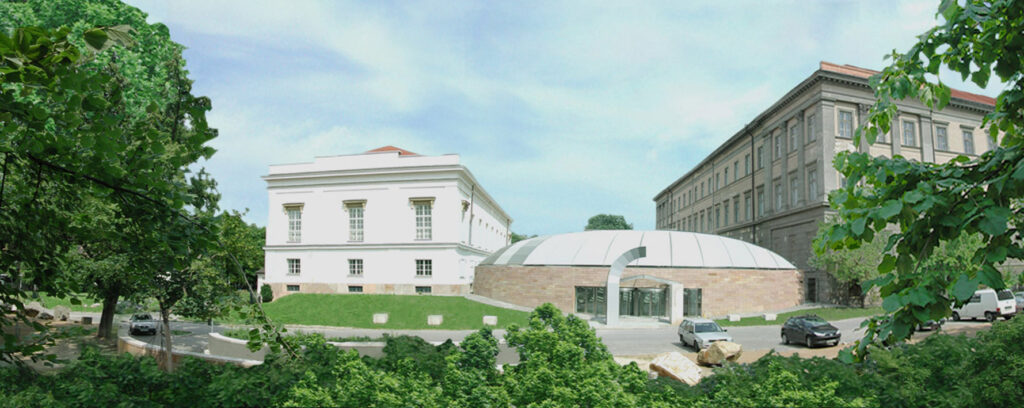Debrecen’s 2030 program is transformative, a complex and comprehensive urban planning strategy that will shape Debrecen for the next decade and far beyond. The relocation of the Natural History Museum from Budapest to Debrecen is part of this program.
László Palkovics, the Minister of Innovation and Technology announced that the government has approved the development concept of Debrecen planned for 2030, which aims to make Debrecen the center of the eastern region of Hungary.

The five pillars of the Debrecen 2030 program are the economy, transport, education, culture, and urban development.
The total budget of the Debrecen 2030 program of 600 billion also includes the previously announced program elements including the infrastructure development of the North-West industrial zone but the expansion of the local international airport, the continuation of the eastern ring road bypassing the city and the relocation of the Museum of Natural History to Debrecen are also part of the program.
The History of the Hungarian Natural History Museum in a Nutshell
The Hungarian Natural History Museum began in 1802 when the natural sciences collection of the Hungarian National Museum was established with the offer of Ferenc Széchényi count’s wife: with the help of the mineral collection of count Julianna Festetics, the MTTM grew quickly over 200 years. In 1810, the Natural History and Artistic Production (Camera Naturae et Artis Productorum) was founded, the first collection of paleontologists arrived in 1811 and bought the first zoological collection in the same year. In 1818, József Nádor bought the botanical collection of Pál Kitaibel for the store, and the collections have continued to grow at a relatively rapid rate through donations and purchases subsequently.
One of the flagship projects of the Debrecen 2030 program is the construction of the new Natural History Museum in the city. Debrecen is strongly committed to a good solution and it will provide a suitable area for the museum, and the University of Debrecen (DE) will ensure it provides professional training and staffing.
Developments between 2021 and 2023
In the first cycle between 2021 and 2023, HUF 50 billion in budget support will be provided for urban and university infrastructure developments. The local government of Debrecen contributes 1.5 billion a year from its own resources to the developments, but it also wants to implement more investments and replace domestic resources from the tender resources of the next EU budget cycle.
The first development will include the development of the eastern bypass inner and outer ring road, expansion of all roads leading to the city 2×2 lanes, building a new tram line between Tócóskert and downtown, and the improvement of the infrastructure of the industrial parks.
An important part of the program is the development of the new main railway station and the expansion of the airport including building a new passenger terminal and a new runway to be able to accommodate up to two million passengers.
Other flagship projects of Debrecen 2030 program
Other flagship projects include the development of a classical music concert hall, the protection and quality renewal of forests and green areas, renewable energy developments, and the Civaqua program that will deliver its water of the Tisza river to the area of Debrecen through the Eastern Main Canal.
Source: Dehir